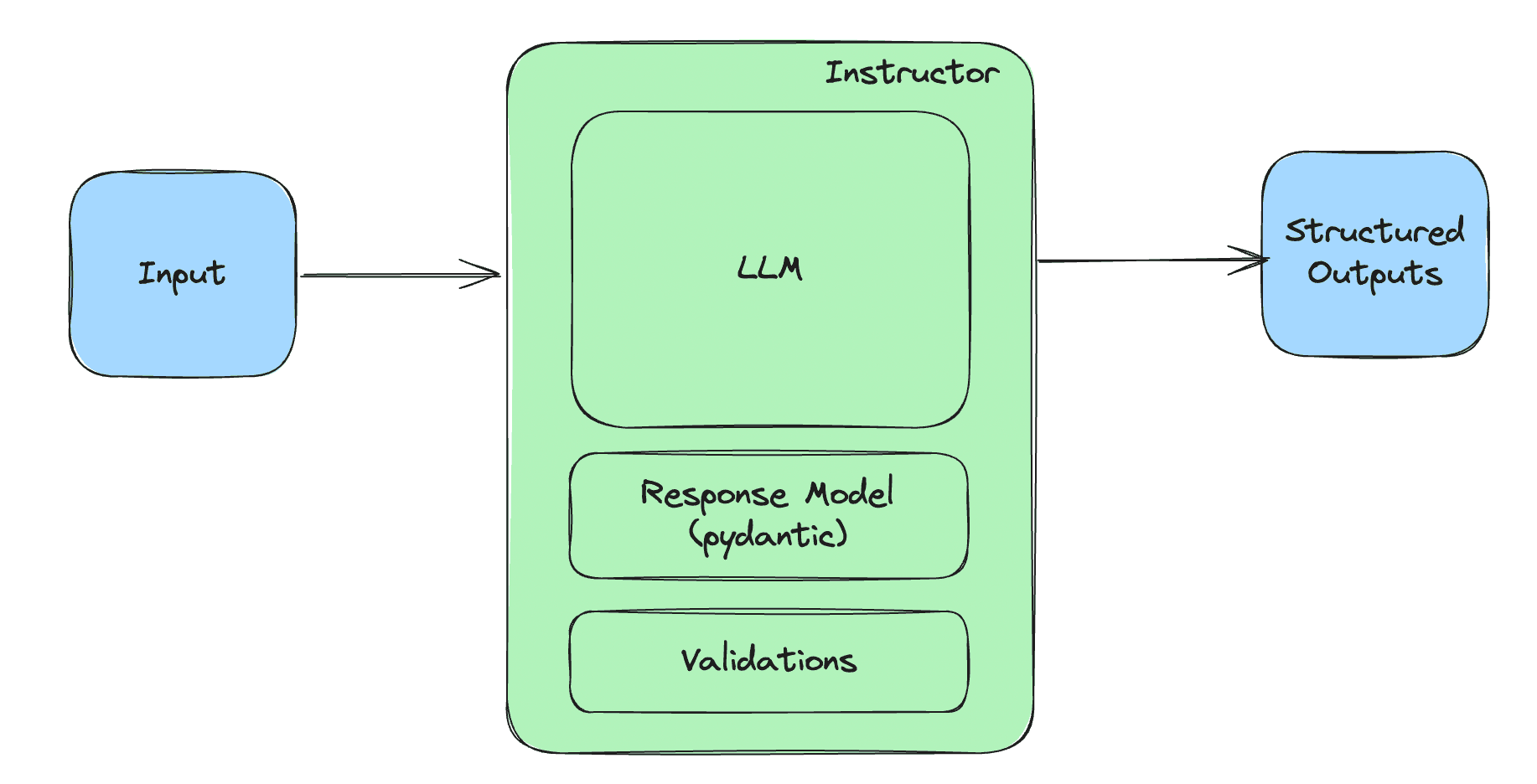
Today, the AI community is abuzz with rumors that OpenAI will unveil a groundbreaking multimodal digital assistant during their official livestream. This assistant is expected to handle audio and video better than any existing model, marking a significant milestone in the democratization of AI assistants for a myriad of use cases.
Current State of Siri and Google Assistant
Siri: Apple’s voice-activated digital assistant, Siri, is deeply integrated into its ecosystem, providing seamless interaction with devices like iPhones, iPads, Macs, Apple Watches, and Apple TVs. Siri’s integration allows for functionalities such as Handoff, Continuity, and extensive device control, all while maintaining a strong focus on privacy by processing much of the data on-device. However, Siri has its limitations, including fewer integrations with third-party apps compared to its competitors and occasional struggles with accurately understanding and responding to complex queries. Furthermore, Siri offers limited customization options for user responses and functionalities.
Google Assistant: In contrast, Google Assistant leverages Google’s extensive search engine and machine learning capabilities, making it highly accurate in understanding and responding to user queries. It offers broad integration with a wide range of third-party services and smart home devices, enhancing its functionality and interoperability. Google Assistant excels in contextual awareness, handling follow-up questions and maintaining conversation context more effectively than Siri. However, Google’s approach raises privacy concerns, as much of the data is processed in the cloud. Additionally, while Google Assistant is available on multiple platforms, the best experience is often on Google’s own devices, and its extensive features can be overwhelming for non-tech-savvy users.
Building an Audio AI Assistant
To grasp the potential of OpenAI’s rumored advancements, let's consider building an audio AI assistant. Here's a simple architecture:
- User Interaction: The assistant is accessible through a web browser. The user records an audio question, which is sent to the server.
- Speech-to-Text Conversion: Using Whisper v2, the user’s audio is transcribed into text.
- Text Generation: The transcribed text is sent to GPT-3.5-turbo to generate a text response.
- Text-to-Speech Conversion: The text response is converted into an audio response using a text-to-speech model.
- Playback: The audio is played in the browser for the user to hear.

Architecture of an Audio AI Assistant
Here's a video demo showcasing this architecture in action.
Learn How to Build This
To learn how to build this assistant, check out the course on Lycee AI
And here are some additional resources that you can find on Lycee AI:
- Basics: Start learning how to program language models using DSPy. Here's the perfect course for that.
- Advanced Use Cases: After mastering the basics, explore the advanced use cases of DSPy. Here is the ideal course for that.
Stay tuned to see if the rumors hold true and how OpenAI’s latest innovation could reshape the landscape of digital assistants.


